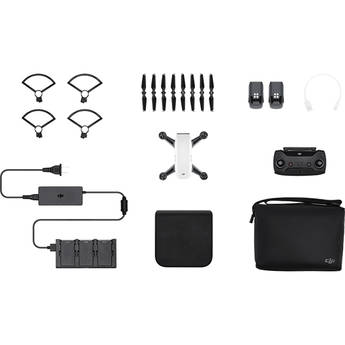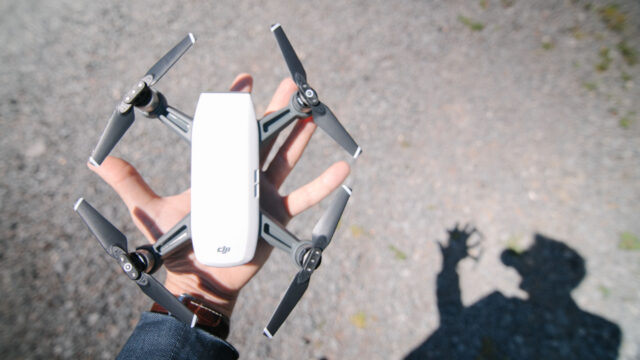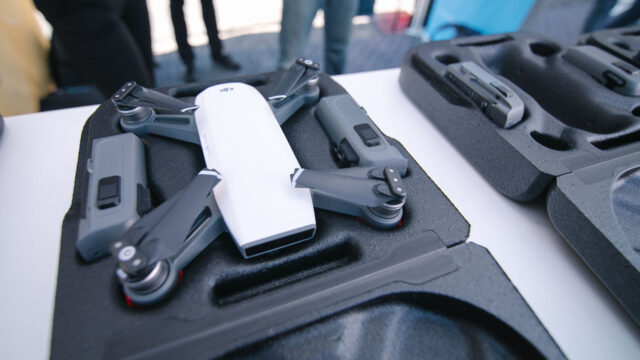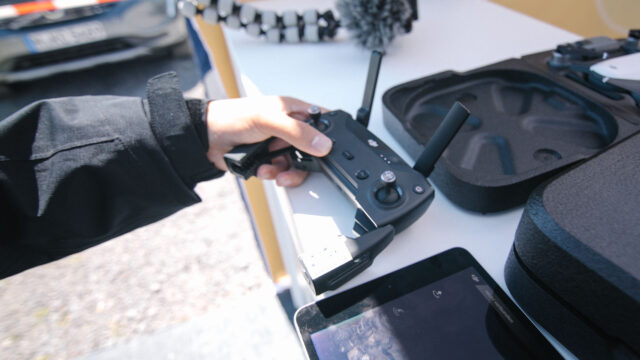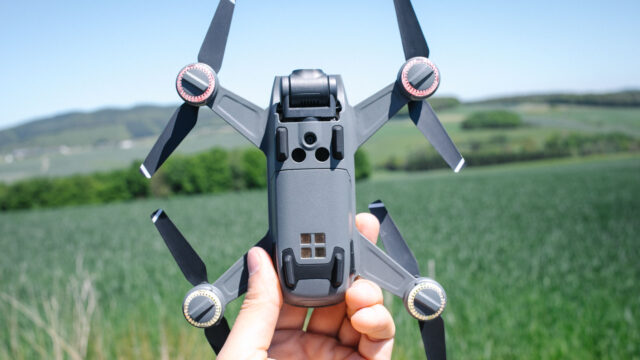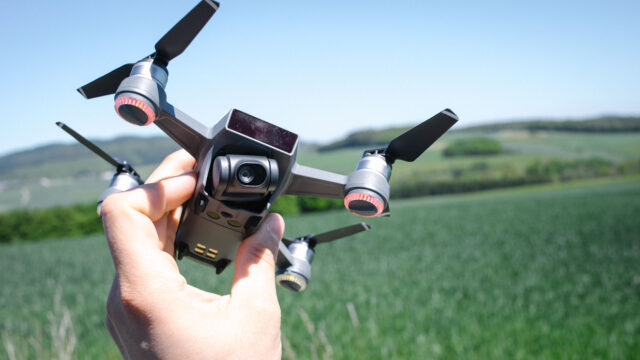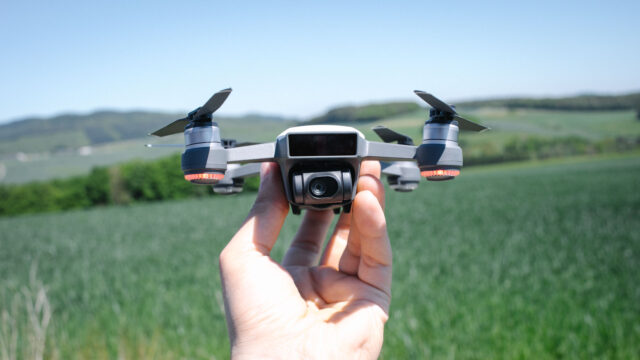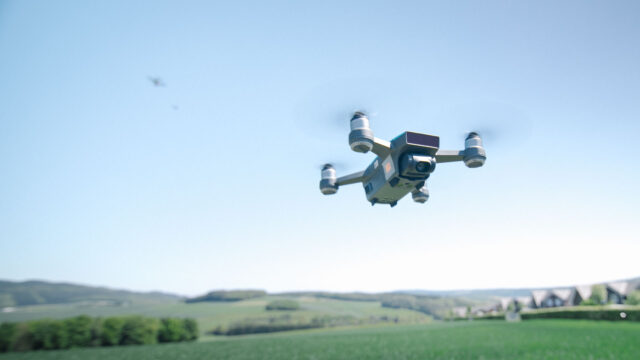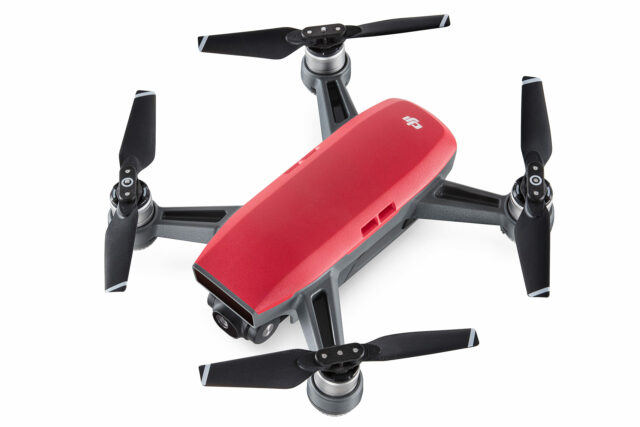DJI Spark Review – Is it Really Suitable For Professionals?
As a professional filmmaker and DJI Mavic shooter, Tamás Kiss wanted to test the capabilities of the tiny new DJI Spark drone, so he took it to the challenging Icelandic climate to put it through its paces. Here’s his DJI Spark Review, that confirms a lot of the observations I made during my hands-on session with the tiny new drone. – Introduction by Sebastian Wöber.
DJI Spark Review
It turned out that Iceland was the perfect test journey for the Spark. I had the opportunity to test it under heavy circumstances that really managed to put the little drone through its paces.
The DJI Spark is a very nice toy for hobby use. Family parties, barbecues or children’s birthdays can be creatively documented with it and that’s how DJI advertisers it. But can it work for professionals as well? Let’s find out!
Size
This is clearly the main feature of the Spark. It’s incredibly compact, and it will fit in any rucksack. However, since its arms are non-folding, it’s actually not that much smaller than the DJI Mavic. Nevertheless, it is still unbelievably handy, light and very easy to transport.
Steering
Because I didn’t have a dedicated Spark controller, I’m not able to submit a full-featured report in this DJI Spark Review. I just steered it with my mobile phone and with body gestures. It would have been easier if the Spark was compatible with the Mavic controller, but unfortunately I believe the spark uses a different transmission protocol. That said, steering with my mobile phone was very easy. You don’t need to be a drone expert to get the steering under control.
Comment by Sebastian Wöber: In my own hands-on test I was able to use the DJI Spark controller. It makes steering the Spark easier and much more ergonomic. Also it enables sports mode, which lets you fly the Spark several times faster than in smartphone mode. Admittedly, when only used with a smartphone, the top speed of this drone is very limited, as you can see in Tamas’ review video.
Just like the Mavic, the Spark has a number of safety systems, which makes it very easy to fly. However, if you want to steer the drone you have to connect your phone to it, which I must say proved to be quite challenging. The drone had quite a few problems connecting to my phone. The screen of the DJI app turned black and an error report kept telling me that I was using Wi-Fi abroad and that I should connect again. This happened every time I started the app, but after three or four tries it finally worked. This might be firmware related or a fault on my phone. In any case, I’m certain the dedicated remote would have been a more convenient option. As a professional, I think if you go for the Spark, the remote should definitely be part of the package.
Stability
Unfortunately, coming from a DJI Mavic, the flight behavior of the DJI Spark wasn’t satisfying. The Icelandic wind made it very hard to achieve stable shots with the Spark and its tiny propellers. Steering was difficult and sometimes downright impossible because the wind literally blew the drone away. Precisely because of that strong wind, the Spark had to fight a brave little fight, which meant its battery went flat after just 10 minutes. I wanted to try flying through small aisles because the Spark was the only drone that could fit through the tiny gates, but the wind made it very hard to manage this manoeuvre. After several tries, the Spark was finally able to record but very soon I realised that the material wasn’t usable because of the movements of the drone which had to fight against the wind. Also, apparently, the gimbal isn’t able to compensate the movement caused by strong winds as it only has 2-axis stabilization, unlike the DJI Mavic’s 3-axis gimbal, which can also counterbalance sideways movements.
Camera
The picture is very nice for beginner use and even more so for HD resolution. It is comparable to a mobile phone camera. Because you’re not able to use ND-filters, however, it isn’t easy to get a cinematic look. To compensate for exposure, the drone raises the shutter speed beyond measure, which makes possibility of a smooth cinematic look difficult and has to be achieved in post-production as per Sebastian’s drone footage tutorial. This is another aspect that makes it unsuitable for professional use. However note, that I think the drone does deliver rich colors and a great focal length.
Which brings me back to “fun and games”. You are able to steer the DJI Spark without a controller or mobile phone, making it really fun to control the drone via facial recognition and hand gestures. Simply press the start button twice and place the drone on your palm towards your face. After a few seconds, the Spark takes off and locks onto your face. Unfortunately, during my test this also went wrong. Upon takeoff, the drone was unable to manage the wind so it proceeded to fall on my hand, causing the propellers to drill into my thumb. Ouch!
As soon as it made its way up into the air, however, all I had to do was place my palm towards the camera, which clearly caused the drone to recognise it. Steering the Spark with my hand went reasonably well and the system is simple – when you start to wave towards the camera it’s supposed to rise, move it back and it starts to follow you. This took several attempts and it seems the feature is not very reliable and needs some work. You can wave and wave before anything happens, a problem that supposedly lies on the uv recognition system, as strong sunshine interferes with it.
DJI Spark Review Conclusion
Although the beautiful pictures stood out, overall I must wrap up this DJI Spark Review by saying that, for me, the Spark failed the Iceland test. It seems that the DJI Spark is prone to wind and will not produce the kind of stable smooth shots the DJI Mavic can. It is much weaker and doesn’t offer the same set of professional features like log recording, 3-axis stabilisation, longer battery life and ND filters.
So as a professional I wouldn’t take the Spark with me for another journey – for me it’s too vulnerable to wind and weather and even though on paper it seems to offer almost the same features as the Mavic, in reality, the DJI Mavic is a different beast alltogether. So my recommendation if you’re on a job and need a reliable, small drone, go for the Mavic.
DJI Spark – Pros and Cons
Pro’s
- Small and easy to transport
- Easy to handle
- Easy to charge
- Fun to use the body gesture features
Con’s
- Connection to Wi-Fi is very unstable. The dedicated remote is recommended
- No ND filters
- Vulnerable to wind and weather
- Very sensitive gimbal, 3rd axis is missing to make shoots really smooth.
- Facial recognition and gesture features aren’t reliable and not intended for professional use
- Battery runs empty quickly when wind gets stronger
We value your observations and opinion. Have you managed to successfully use the DJI Spark in a professional environment? Let us know your own experience in the comments below!
